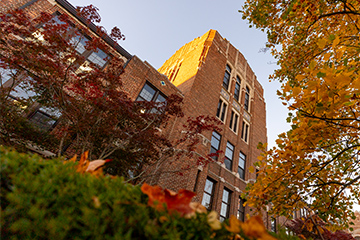Unlocking the potential of platelet-rich plasma
In simple terms, platelet-rich plasma is a valuable substance derived from our blood. The key ingredient in making PRP is the buffy coat, a special part of the blood that contains important cells. Over time, scientists and blood banks have developed ways to extract this buffy coat for medical use, particularly in treating various conditions.
Making PRP involves a process called centrifugation, where the blood is spun around at high speed to separate its different components. However, there's a challenge in defining the best way to make PRP because there are many factors involved, such as how fast we spin the blood and for how long. Different methods and machines can lead to variations in the quality of PRP produced. The common approach in clinics, known as single-spin methods, faces difficulties in getting the maximum amount of platelets.
Chin-I Cheng, a researcher at Central Michigan University, collaborating with researchers from medical fields to improve how we collect the buffy coat for PRP. The statistical models she proposed to study the effects of spinning blood samples at different length of times and analyzed layers both above and below the buffy coat provided the framework for sound decision-making. The findings suggest that the best results come from aspirating (collecting) the top and bottom half-milliliters around the buffy coat, and a 5-minute spin is practical and effective, with no significant improvement beyond that.
This study showed that, on average, we can get about 70% of the platelets we aim for using the common single-spin method and recommends collecting the half-milliliter above and below the buffy coat for better results. This research highlights the difficulties in consistently achieving high-quality PRP and calls for further improvements in how we prepare this valuable substance for medical use.
This study provided another successful example for interdisciplinary collaboration. Each researcher brings in their professional knowledge and work together to resolve issues and that contribute to the state of knowledge. Interdisciplinary collaboration can boost the research energy and unify the research community.




